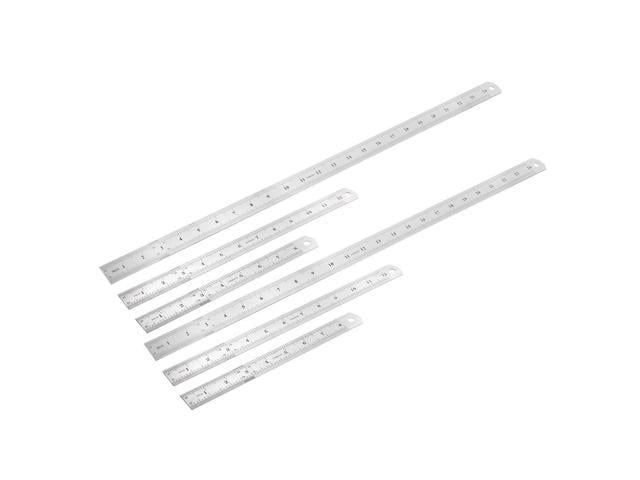Excerpt from Astronomical Observations Made During the Year 1846 at the National Observatory, Washington, Vol. 2
The view on the meridian towards the South crosses the river twice before reaching an elevation suitable for a meridian mark in that direction.
At the distance of about a mile to the North, the meridian line crosses Rock Creek, continuing thence a short distance it passes the heights of Georgetown, which are, for the most part, covered with forest trees.
Rock Creek is in a deep gorge, and the meridian of the Observatory crosses both it and the Potomac at oblique angles. The atmosphere in the line of vision to meridian marks - which line passes very near the water - is, it may be correctly supposed, liable to irregularities in its powers of lateral refraction, for that over the land must sometimes be of a temperature quite different from that over the water of the Potomac and the gorges of Rock Creek.
Consequently, if there be a difference of temperature in the air through which a pencil of rays from the other side of these streams would have to pass in its course to the instruments, this pencil would be turned aside by lateral refraction, sometimes in one direction and sometimes in another, and a Meridian mark beyond would be both unsteady and uncertain.
About the Publisher
Forgotten Books publishes hundreds of thousands of rare and classic books. Find more at www.forgottenbooks.com
This book is a reproduction of an important historical work. Forgotten Books uses state-of-the-art technology to digitally reconstruct the work, preserving the original format whilst repairing imperfections present in the aged copy. In rare cases, an imperfection in the original, such as a blemish or missing page, may be replicated in our edition. We do, however, repair the vast majority of imperfections successfully; any imperfections that remain are intentionally left to preserve the state of such historical works.















